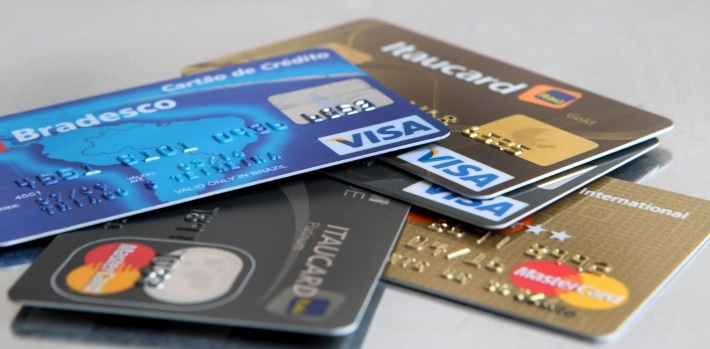Credit cards play a significant role in shaping consumer behavior across various regions in the United States. Understanding these influences is vital for both consumers and businesses. The impact of credit cards can be seen in spending habits, financial responsibility, and even regional economic differences.
Anúncios
This blog post delves into how credit card usage affects consumer behavior across different regions in the U.S., focusing on spending patterns, attitudes towards debt, and financial literacy. By examining these aspects, we can gain insights into the broader economic landscape and individual financial health.
The role of credit cards in shaping consumer habits

Across the United States, credit cards have become an integral part of daily life, influencing how people manage their finances. The convenience they offer often leads to changes in consumer habits, with many people relying more on plastic money than cash. In urban areas, where digital transactions are the norm, credit cards are used almost ubiquitously.
Anúncios
Regions with a strong economy and high employment rates, such as certain metropolitan areas, demonstrate more aggressive credit card usage. Consumers in these areas often ingrained credit card payments into their daily routines.
Meanwhile, rural areas and economically challenged regions may exhibit more conservative credit usage, focusing on cash transactions instead. These differences highlight the varying degrees of financial literacy and access to financial services across different parts of the country.
Spending patterns and regional disparities
In the Northeastern United States, where urban centers dominate, credit card usage is particularly high. This trend is driven by a fast-paced lifestyle and the prevalence of tech-savvy consumers who prefer the ease of electronic payments. The availability of premium credit card products offering rewards and cashback options often encourages higher expenditure in this region. Consequently, credit cards become a tool not just for payments but for managing lifestyles and social status.
In contrast, areas like the Midwest, known for its conservative spending culture, show a different pattern. Here, credit card usage tends to be more deliberate, with consumers often opting for cards only when necessary. This cautious approach can be attributed to traditional financial values and a preference for savings over credit.
The economic landscape in the Midwest also contributes to this behavior, focusing more on manufacturing and agriculture, which does not always provide the same disposable income levels as urban tech industries.
Influences on financial responsibility
Credit card usage can significantly impact financial responsibility, a trait that varies widely across different U.S. regions. In areas like the Pacific Northwest, where environmental and social consciousness are prevalent, consumers tend to be more responsible with their credit usage, often prioritizing debt repayment and maintaining good credit scores. This sense of responsibility is supported by educational efforts that emphasize financial literacy.
In the densely populated areas of California and New York, fast-paced lifestyles may lead individuals to accumulate debt more rapidly, reflecting an ‘earn and spend’ culture. The availability of a wide array of credit products encourages consumers to optimize their credit potential, sometimes at the expense of accruing significant debt. While this can stimulate local economies, it also poses risks related to financial stability.
Credit card attitudes and their economic implications
Americans’ attitudes towards credit cards vary significantly by region, influencing both personal financial health and broader economic trends. In economically thriving regions, credit cards are viewed as tools for building credit scores and enjoying consumer rewards. Financial institutions in these areas often promote credit products that cater to affluent consumers, further embedding credit cards into their financial lifestyle.
However, in economically struggling areas, credit cards might be seen as a necessary evil, used mainly as a financial lifeline in difficult times. This approach can lead to a cycle of debt and dependency, limiting economic mobility and growth. Efforts to bolster financial education and provide resources in these regions are essential to mitigate these effects and enhance economic prospects.
Conclusion: the path forward
To harness the full potential of credit cards while minimizing risks, a focus on tailored financial education is vital. Regions with differing economic contexts require customized approaches to ensure that consumers fully understand how to manage credit effectively. Strengthening financial literacy programs across the nation can lead to more responsible credit card usage, improving personal and regional economic outcomes.
Furthermore, financial institutions should develop credit products that address the specific needs and challenges of different regions. By offering products that promote responsible spending and saving habits, banks can play a pivotal role in enhancing consumer financial health. Additionally, policymakers must work towards bridging the financial literacy gap to help consumers across all regions understand the implications of their credit card usage.

